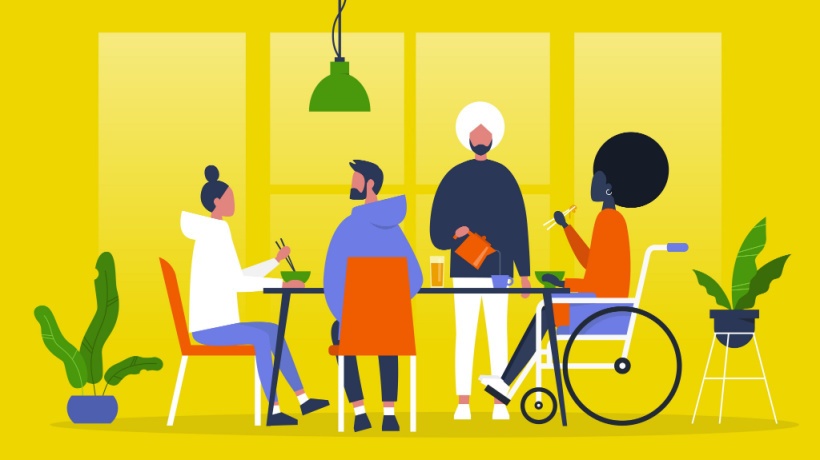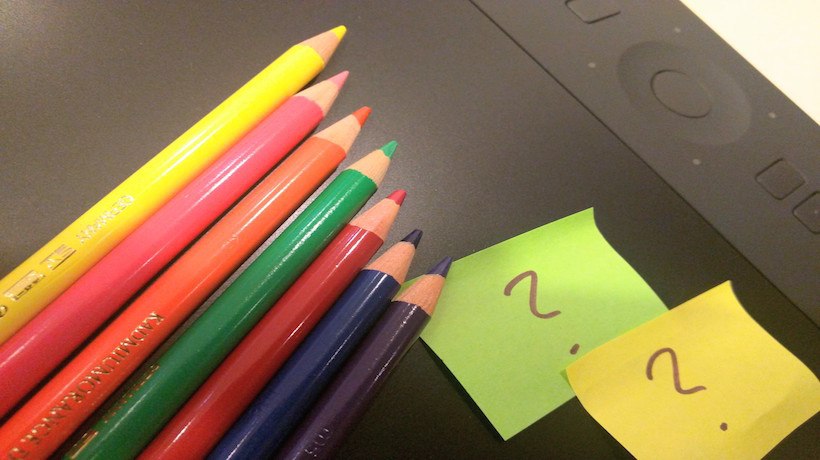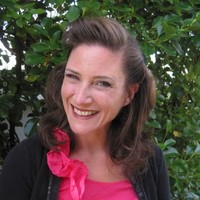Are You Ready To Rethink Your Visuals?
Using visual design in corporate learning isn't just about the look and feel of your training modules; it's also about ensuring that the content you deliver relates to everyone in your organization and that everyone can access what they need.
Learning and Development professionals may think of visual design as little more than the layout and aesthetics of their corporate training manuals.
Still, visual design can be so much more than that. Using visuals to drive DEIB (diversity, equity, inclusion, and belonging) within your company's learning approach can reap benefits that other approaches cannot match.
Lately, we have seen an alignment between a DEIB culture and the learning culture since they are both about openness to the other and curiosity about the unfamiliar.
Here are some ways to use visual design in learning to drive DEIB in your workplace.
Why Is Design Important In DEIB Learning?
Design is important in DEIB learning because it can help create inclusive environments, experiences, and materials.
Inclusive designs consider the needs of people with a wide range of abilities, backgrounds, and perspectives. When you consider the diverse needs of learners upfront, it sends a strong message that everyone is welcome and valued.
Additionally, well-designed DEIB learning experiences can help employees feel comfortable discussing sensitive topics and exploring new perspectives.
So, when the design team is diverse, they are more likely to use inclusive design practices to ensure all people feel valued and respected, leading to more innovation, according to Harvard Business Review.
Finally, good design can make complex concepts more accessible and engaging, leading to better learning outcomes.
Designing Learning Content With DEIB In Mind
1. Double-Check Your Data
One of the most important things you can do when creating any visual design is to double-check your data. This is especially important when your goal is to create an inclusive and equitable design.
If you're designing learning content with the principles of diversity, equity, inclusion, and belonging in mind, you'll be able to design something that works for everyone.
2. Use Inclusive Images
When creating visuals for your training materials, keep DEIB in mind. This means using images that are inclusive of all races, ethnicities, genders, and abilities. So, be mindful of creating visuals that reflect the diversity of that workplace.
Either way, it's important to be intentional about the images you use to send a message of inclusion, diversity, and equity.
3. Be Careful With The Colors You Use
It's important to remember that not everyone learns the same way. That's why it's important to consider other accessibility concerns when designing your learning materials.
For example, people with different (visible or not visible) disabilities may need materials presented in a different format or medium. Additionally, some people may prefer visuals instead of text, or vice versa. By keeping these things in mind, you can ensure that your learning materials are accessible and inclusive for everyone.
4. Watch Your Language
When it comes to creating learning experiences that are inclusive and accessible to all, it is important to be mindful of the language you use. Choose words that are welcoming and free of bias. Be clear and concise in your communication. And avoid using jargon or acronyms that could alienate certain groups of people.
5. Don't Forget About Other Accessibility Concerns
When creating learning experiences, it's important to be aware of potential accessibility concerns. This includes ensuring that your text is legible and that you use color contrast effectively.
You'll also want to consider how people with different disabilities might interact with your content. For example, if you're using video, provide transcripts and captions.
Finally, think about the overall User Experience and how easy it is for people to find and use your content.
By keeping these things in mind, you can create more inclusive learning experiences for everyone.
By Paying Attention To Your Learning Visuals, You Can Drive DEIB In The Workplace
Your organization's corporate learning should not only provide accurate and unbiased information but also do so in a way that reflects the diversity of your company's workforce.
When designing visuals for learning tools like eLearning modules, presentations, or infographics, consider the following:
- Are the people represented accurately and authentically?
- Do the visuals reflect the company's commitment to inclusion?
- Is the language used appropriate and respectful?
- Are different perspectives included?
- Is the design itself welcoming and accessible to all learners?
Conclusion
As you move forward in your journey to become more inclusive and just, you must keep DEIB at the forefront of your minds. One way you can do this is by using visual design in corporate learning.
When done correctly, visual design can help create an inclusive environment and foster a sense of belonging for all employees.
Considering the beforementioned tips, you can create visuals that support your employees' DEIB skills and ensure everyone feels welcome, respected, and included in your corporate learning programs.









